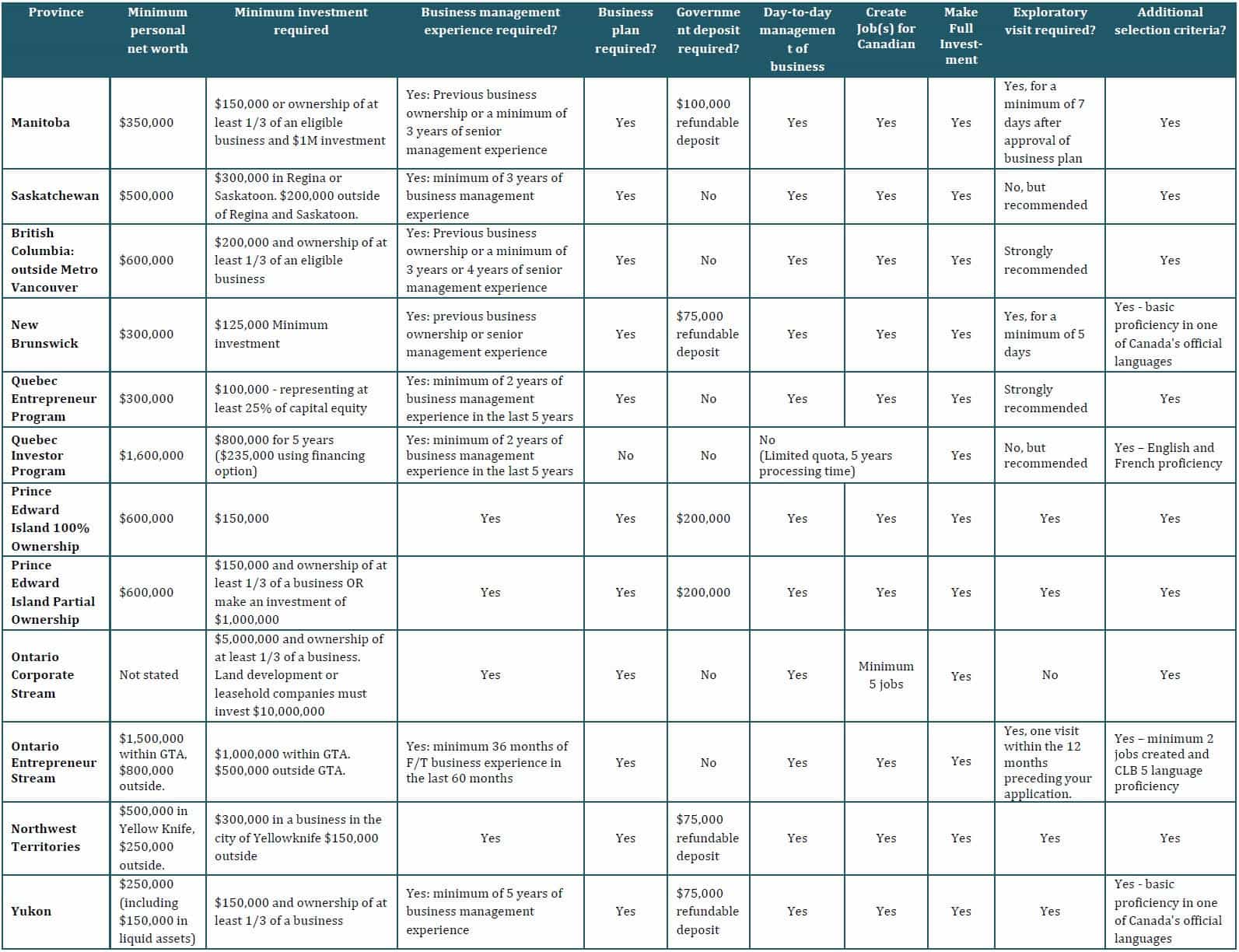Canada not likely to meet permanent resident admissions target for 2025
Canada may significantly undershoot its permanent residence (PR) admissions target this year.
From January to August 2025, Canada admitted just 276,870 PRs.
To meet their planned target for 2025, the country would have to welcome more than 118,000 new immigrants in the remaining four months of the year.
Based on our current projections, Immigration, Refugees and Citizenship Canada (IRCC) is on track to miss its planned PR admissions target, falling short by over 43,000 admissions.
Discover if You Are Eligible for Canadian Immigration
Projection methodology
Using 2023 and 2024 government data on real PR admissions, we found that the first three quarters of each year account for 78% of overall new immigrants welcomed to Canada:
20232024
Admissions (Q1, Q2, Q3)371,415380,215
Total (real) yearly admissions471,820483,605
Assuming that the first three quarters of the year also accounted for 78% of overall admissions in 2025, projections suggest that the government will admit a total of 351,938 PRs this year, against a planned target of 395,000 admissions.
If IRCC follows past trends, the department would undershoot its planned admissions target for 2025 by 43,062—or about 11%.
This reduction is not just down to lower PR targets for 2025 but also speaks to a slowing in the rate at which Canada is welcoming new immigrants.
Below you can find the number of PRs admitted to Canada in 2023, 2024, and 2025 during the first three quarters of each year as a percentage of planned admissions*.
202320242025
79.87%78.39%70.09%
*Planned admissions can be found in the annual Immigration Levels Plan, and are used in this case to highlight the progress that IRCC has made (by Q3 of 2025) in welcoming new PRs relative to its stated target. As of this writing, real admissions numbers for 2025 are not yet available.
As shown above, the proportion of PRs admitted in the first three quarters of 2025 is significantly lower than in the two preceding years, indicating that the pace of new arrivals has slowed relative to previous years, alongside a reduction in overall arrival targets.
Why we’re seeing lower PR admissions
The federal government aims to reduce PR admissions to below 1% of Canada’s overall population beyond 2027.
Federal and provincial governments have enacted various policies to meet this goal, which in turn has impacted Canada’s PR admissions:
Reduction of overall PR admissions targets: For 2025, the federal government set an overall PR admissions target of 395,000 according to the 2025-2027 Immigration Levels Plan. When compared to the overall PR admissions target for 2024 (485,000), this means the government is aiming to admit 90,000 fewer PRs to Canada in 2025.
Reduction of Provincial Nominee Program (PNP) nomination allocations: In 2025, the federal government reduced the number of PR admissions through the PNP by 50%, to 55,000 (compared to 110,000 in 2024).
As a result, PNPs saw their nomination allocations for 2025 cut by 50%. While many provinces negotiated additional nominations, their total 2025 nomination allocation still fall short of 2024 levels for 2025.
And with reduced nomination allocations, provinces are holding smaller PNP draws, meaning fewer foreign nationals are being nominated and subsequently admitted as PRs in 2025.
Suspensions and closures of PNP streams: As a consequence of drastically reduced allocations, various PNP streams have suspended or outright closed streams over the course of 2024 and 2025, including:
British Columbia closing its International Graduate and International Post-Graduate streams, then suspending the launch of three replacement student streams;
Saskatchewan closing all its Entrepreneur and Farm streams (three total);
Ontario closing its Entrepreneur Stream and suspending its Express Entry Skilled Trades Stream; and
New Brunswick closing the NB Student Connection pathway of the Express Entry Stream.
Further, several PNPs have also reconfigured their PNP streams, implemented sector- or occupation-specific restrictions, limited application processing to priority sectors, or even paused the acceptance of new Expressions of Interest for certain streams for the remainder of the year.
Fewer Invitations to Apply (ITAs) issued through Express Entry: Comparing ITAs issued from January through October, in total the immigration department issued 9,350 fewer invitations this year compared to 2024:
90,835 ITAs in 2024.
81,485 ITAs in 2025.
Notably, no STEM (category-based) draws have taken place during 2025, whereas 4,500 ITAs were issued through this category in 2024.
Of note is that a single ITA does not equate to one admission. Due to the fact that eligible spouses and dependents of a principal applicant may be included in an application and receive PR status, one ITA may account for multiple new PR admissions.
Reduction in temporary resident targets: The government aims to reduce temporary resident (TR) targets to less than 5% of the overall Canadian population by the end of 2027 and has implemented several measures in 2024 to do so:
Restricting eligibility for spousal open work permits for spouses of temporary foreign workers and international students.
Adding caps on study permit applications.
Restricting eligibility for Post-Graduation Work Permits by adding language proficiency and field of study requirements (non-exempt programs).
Pausing the processing of Labour Market Impact Assessments (LMIAs) for regions with a 6% or higher unemployment rate under the low-wage stream of the Temporary Foreign Worker Program.
Temporary residents represent a significant proportion of future candidates for PR.
The implementation of these measures will have ripple effects on the number of temporary residents in Canada overall, and the number of new foreign nationals who can gain eligibility to transition from temporary resident to PR status.















